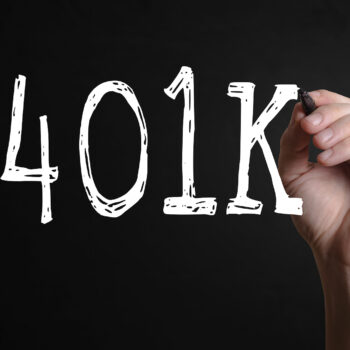
Key Provisions of the SECURE 2.0 Act
- Posted by admin
- On January 28, 2025
- 0 Comments
The SECURE 2.0 Act (SECURE 2.0) became law on December 29, 2022. The new law has made a variety of changes to Defined Contribution plans. It includes provisions intended to expand coverage, increase retirement savings, and simplify and clarify retirement plan rules. Employers of all sizes should understand the law’s provisions to ensure their Defined Contribution Plan is ready to meet their effective date.
1. Automatic Enrolment : Starting in 2025, most employers will be required to automatically enroll new employees in a Defined Contribution Plan at a contribution rate of at least 3 percent but not more than 10 percent, which will increase annually to at least 10 percent, but not more than 15 percent. There is an exception for small businesses with 10 or fewer employees, new businesses (i.e., those that have been in business for less than 3 years), church plans, and governmental plans.
2. Faster Eligibility for Part-Time Workers: Part-time employees who work at least 500 hours for two consecutive years (down from three years) or 1,000 hours in a single year will be eligible for 401(k) enrolment starting in 2025.
3. Tax Credits for Small Businesses: Small businesses can receive a tax credit of 100% for starting new plans and making employer contributions for up to 50 employees, up to a per-employee cap of $1,000. The applicable percentage is 100 percent in the first and second years, 75 percent in the third year, 50 percent in the fourth year, 25 percent in the fifth year – and no credit for tax years thereafter.
4. Clarified Inherited 401(k) Rules: The IRS has clarified the 10-year rule for non-spouse beneficiaries of inherited 401(k)s. Beneficiaries must take annual required minimum distributions (RMDs) starting in 2025, based on their life expectancy if the original account holder was already subject to RMDs.
5. Roth Catch-Up for High Earners: High earners with wages exceeding $145,000 will be required to make catch-up contributions on a Roth basis starting in 2024, meaning post-tax contributions that grow tax-free.
6. Small Balance cash-outs: Under current law, employers can transfer the 401(k) accounts of former employees to an IRA if the account balance is $5,000 or less. Section 304 raises this limit to $7,000. This change will apply to distributions made after December 31, 2023.
7. Required Minimum Distributions: SECURE 2.0 introduces several changes to the Required Minimum Distribution (RMD) rules. These include:
Section 107: Raises the RMD starting age from 72 to 73, effective January 1, 2023, and will increase it further to 75, effective January 1, 2033.
Section 302: Reduces the penalty for failing to take an RMD from 50% to 25%. If the failure is corrected in a timely manner, the penalty is further reduced to 10%. This change applies to taxable years beginning after December 29, 2022.
Section 325: Eliminates the requirement for pre-death RMDs from Roth accounts, effective for taxable years starting after December 31, 2023.
Section 327: Allows a surviving spouse to choose to be treated as the deceased employee for RMD purposes, effective for calendar years beginning after December 31, 2023.
8. Hardship distribution certification: Section 312 allows employees, under certain conditions, to self-certify that they have experienced an event qualifying as a hardship for the purpose of taking a hardship withdrawal. This provision is effective for plan years starting after December 29, 2022.











0 Comments